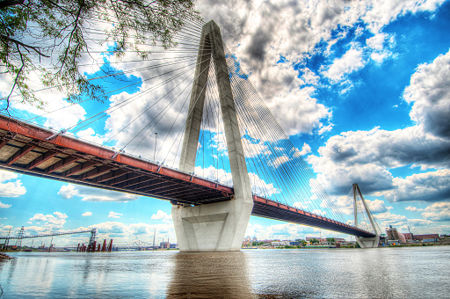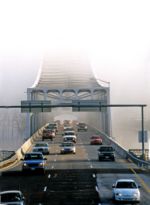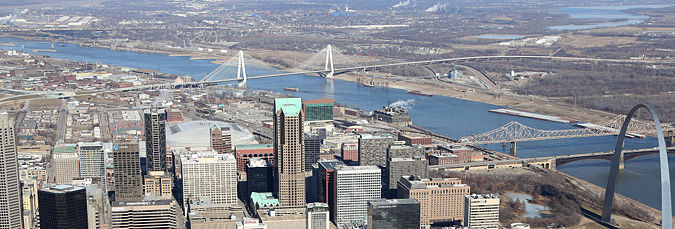Difference between revisions of "Category:700 STRUCTURES AND HYDRAULICS"
m (added EPG 734) |
(EPG 730 Thermoplastic Pipe Culverts) |
||
| (3 intermediate revisions by 2 users not shown) | |||
| Line 25: | Line 25: | ||
<categorytree mode=all>715 Vertical Drain at End Bents</categorytree> | <categorytree mode=all>715 Vertical Drain at End Bents</categorytree> | ||
<categorytree mode=all>716 Neoprene Bearings</categorytree> | <categorytree mode=all>716 Neoprene Bearings</categorytree> | ||
| + | <categorytree mode=all>717 Flexible Joint Systems</categorytree> | ||
<categorytree mode=all>717 Neoprene and Silicone Joint Systems</categorytree> | <categorytree mode=all>717 Neoprene and Silicone Joint Systems</categorytree> | ||
<categorytree mode=all>718 Temporary Bridge</categorytree> | <categorytree mode=all>718 Temporary Bridge</categorytree> | ||
<categorytree mode=all>720 Mechanically Stabilized Earth Wall Systems</categorytree> | <categorytree mode=all>720 Mechanically Stabilized Earth Wall Systems</categorytree> | ||
<categorytree mode=all>721 Concrete Crib-Type Retaining Walls Laboratory Testing Guidelines</categorytree> | <categorytree mode=all>721 Concrete Crib-Type Retaining Walls Laboratory Testing Guidelines</categorytree> | ||
| + | <categorytree mode=all>724 Pipe Culverts</categorytree> | ||
<categorytree mode=all>725 Metal Pipe and Pipe-Arch Culverts</categorytree> | <categorytree mode=all>725 Metal Pipe and Pipe-Arch Culverts</categorytree> | ||
<categorytree mode=all>726 Rigid Pipe Culverts</categorytree> | <categorytree mode=all>726 Rigid Pipe Culverts</categorytree> | ||
| Line 34: | Line 36: | ||
<categorytree mode=all>728 Corrugated Polyvinyl Chloride Culvert Pipe</categorytree> | <categorytree mode=all>728 Corrugated Polyvinyl Chloride Culvert Pipe</categorytree> | ||
<categorytree mode=all>730 Corrugated Polyethylene Pipe Culverts</categorytree> | <categorytree mode=all>730 Corrugated Polyethylene Pipe Culverts</categorytree> | ||
| + | <categorytree mode=all>730 Thermoplastic Pipe Culverts</categorytree> | ||
<categorytree mode=all>731 Precast Reinforced Concrete Manholes and Drop Inlets</categorytree> | <categorytree mode=all>731 Precast Reinforced Concrete Manholes and Drop Inlets</categorytree> | ||
<categorytree mode=all>732 Flared End Sections</categorytree> | <categorytree mode=all>732 Flared End Sections</categorytree> | ||
| Line 51: | Line 54: | ||
<categorytree mode=all>760 General Construction Inspection for Structures</categorytree> | <categorytree mode=all>760 General Construction Inspection for Structures</categorytree> | ||
<categorytree mode=all>770 Maintenance of Bridges</categorytree> | <categorytree mode=all>770 Maintenance of Bridges</categorytree> | ||
| − | <categorytree mode=all>771 Bridge | + | <categorytree mode=all>771 Bridge Preventive Maintenance Guidelines</categorytree> |
<categorytree mode=all>772 Bridge Inspections</categorytree> | <categorytree mode=all>772 Bridge Inspections</categorytree> | ||
<categorytree mode=all>773 Pipe, Box Culvert and Miscellaneous Drainage Maintenance</categorytree> | <categorytree mode=all>773 Pipe, Box Culvert and Miscellaneous Drainage Maintenance</categorytree> | ||
<categorytree mode=all>774 Cathodic Protection</categorytree> | <categorytree mode=all>774 Cathodic Protection</categorytree> | ||
Latest revision as of 15:42, 9 February 2018
A bridge is a structure spanning a minimum of 20 ft. grade separation or crossing water. There are about 10,000 bridges in Missouri's state highway system. Bridges are described as simple or continuous and according to structure type and material.
Once the need concerning a bridge structure is identified in a project then a core team is established, the scope of the project is developed, a bridge survey is submitted and preliminary design begins. The bridge need could involve rehabilitating or widening an existing structure or building a new structure or retaining wall. There is no perfect bridge type for all situations. With Practical Design, engineers are expected and encouraged to consider and evaluate all potential solutions and project factors that ultimately impact the cost of the structure. However, any variations to the information in this guide should be discussed in advance with the appropriate Structural Liaison Engineer or Structural Project Manager.
As used in the highway environment, hydraulics is that branch of engineering concerned with the flow of water. Hydraulics includes the gutters, ditches, and storm sewer systems that remove rainfall runoff from a highway and also includes the flow in a waterway traversed by a highway consisting of open channels, culverts and bridges. Hydraulic design frequency and design criteria are based on federal and state laws and regulations, safe operation of the highway facility and impact to adjacent property owners. Hydraulic structures are typically designed for high flow events, although specific projects may also have low flow criteria.
| EPG articles are not referenced as "sections" but as EPG XXX.X or "articles" to avoid confusion with MoDOT specs (which are contractually binding). |



